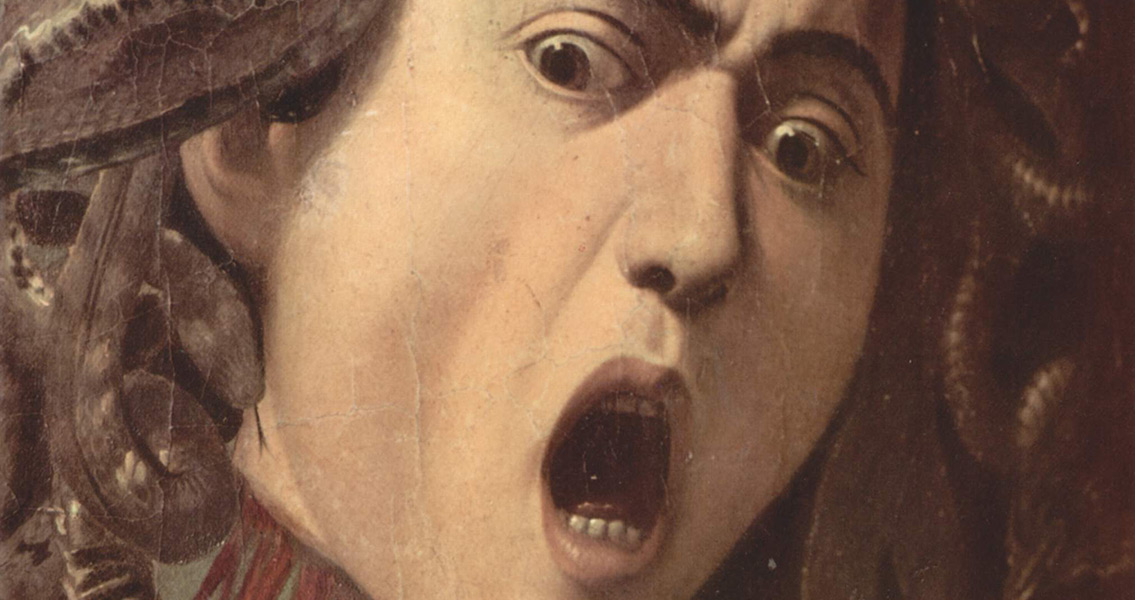<![CDATA[Archaeologists excavating the ruins of a Roman-era city at a Turkish dig site have unearthed the head of a marble Medusa statue, a survivor of early Christian purges of non-Christian and pagan artwork in the region. Antiochia ad Cragum, the site where the head was found, was originally founded sometime during the first century CE, likely during or near the reign of the infamous emperor Nero. The archaeologists report that the city was a fully-fledged Roman settlement, complete with a local council house, mosaics, and streets lined with columns, as well as shops and bath houses. During the time of the erection of the Medusa statue, it would have been used to ward off evil, but by the time that Christianity spread into the region an image of a mythological creature from the pagan Hellenistic period would have been seen as a false idol, subjected to destruction at the hands of the zealous. Michael Hoff, the excavation director and an art historian from the University of Nebraska-Lincoln, compared the behavior of the Christians living in Antiochia to that of ISIS, the terrorist state in Iraq and Syria, in their campaign to destroy ancient historical artifacts that didn’t support their theological views. Hoff added that statues such as the Medusa were typically demolished and then turned into mortar after being placed in a lime kiln. The lion’s share of the Roman artwork which would have been present in the city seems to have been lost. Antiochia became a hub of the Christian faith after the religion was officially adopted by the Roman Empire sometime in the fourth century CE, with several churches erected in the city. Hoff’s excavation team has uncovered a large amount of broken statues and sculptural parts, and also reported that kilns dating to the Christian era of Antiochia have been discovered where marble statues and other artwork were broken down into mortar. The Medusa head in particular was discovered by a group of Turkish students, buried near the foundations of what could have been a small temple. Based on the team’s reconstruction efforts, the head itself would not have been part of a statue that stood on its own but an architectural detail that had been part of the building itself, possibly as part of a pediment. For now, excavation efforts have finished at the site. However, Hoff and his research team are scheduled to return in 2016 to continue their investigations. On the schedule for next year is the bouleuterion, the city’s local legislative building that could have also been used as a theater or a music hall. Other goals for the next dig include an investigation of a neighborhood lined with Roman shops in an attempt to discover what types of goods were being sold within these shops. ]]>
Turkish Dig Site Yields Head of Marble Medusa Statue
